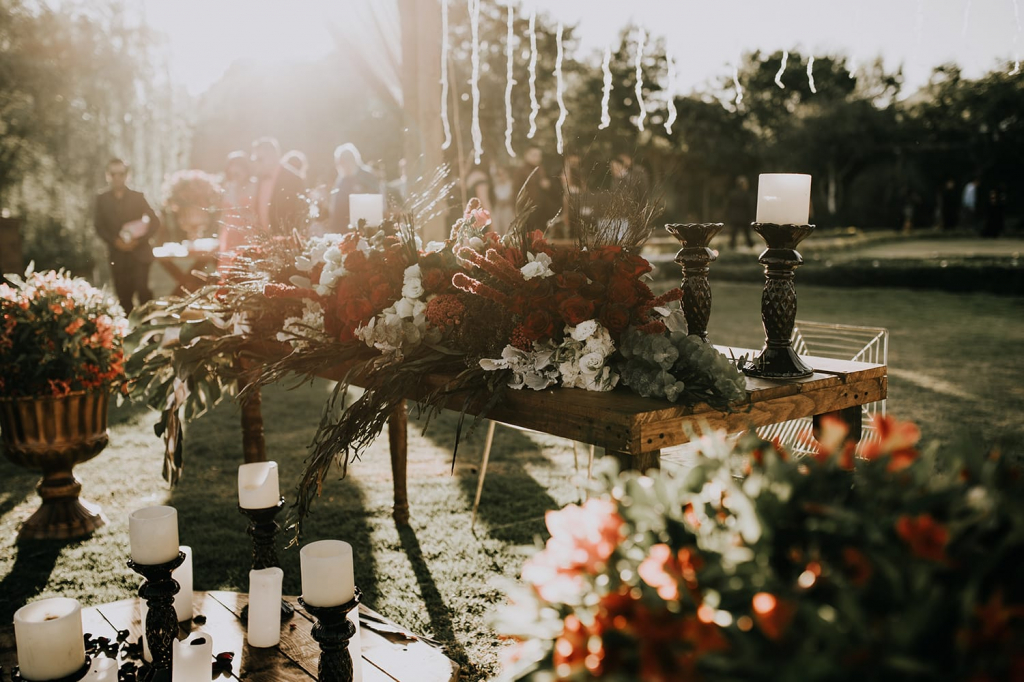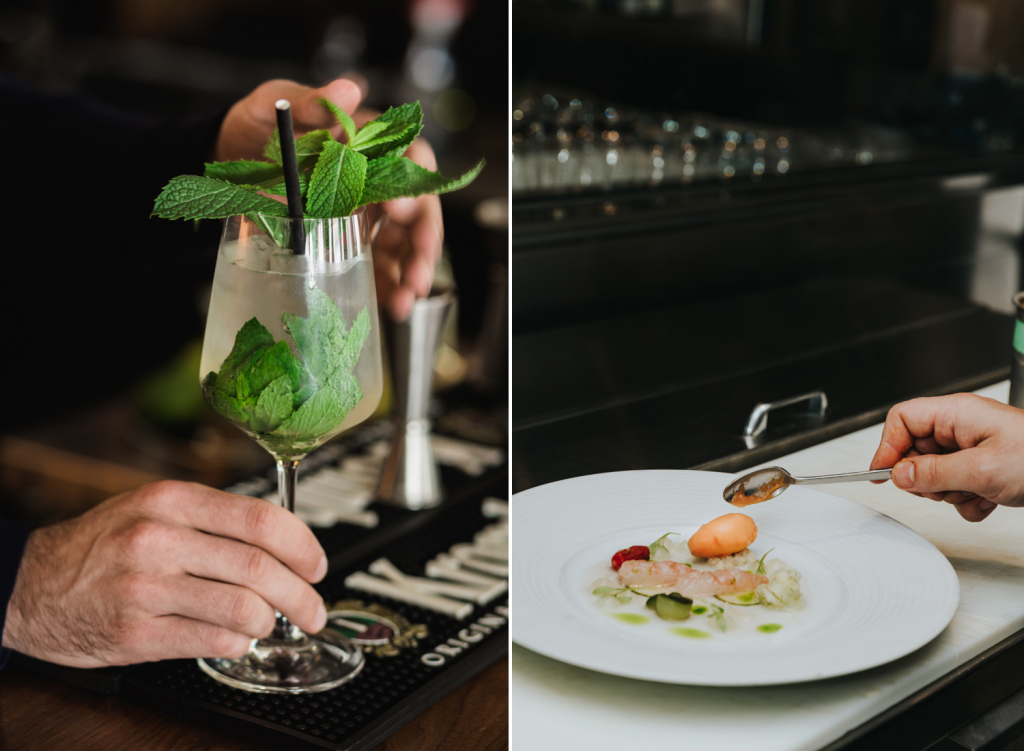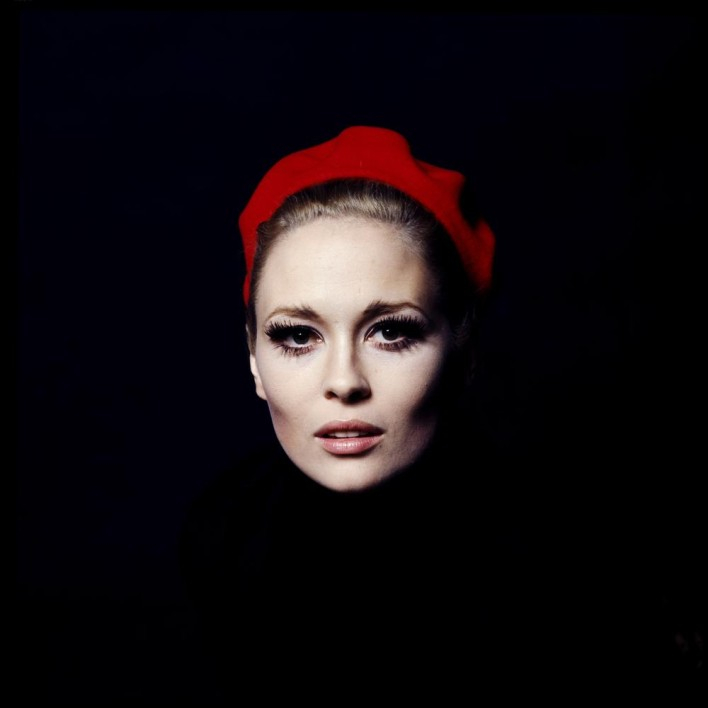comply with the appropriate
PHOTO LABORATORY: TIPS FOR TINTING PRINTS
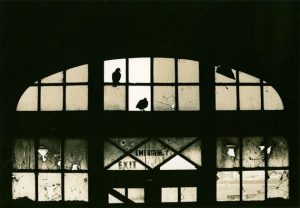 Toning in the darkroom is one of the interesting techniques for processing photographs in film photography, which is also called “colorful monochrome.” With its help, you can more accurately convey the mood and atmosphere of photography. There are ways to easily color prints in many different shades, both warm and cold. Also, tinted prints can be stored longer and do not fade with time.
Toning in the darkroom is one of the interesting techniques for processing photographs in film photography, which is also called “colorful monochrome.” With its help, you can more accurately convey the mood and atmosphere of photography. There are ways to easily color prints in many different shades, both warm and cold. Also, tinted prints can be stored longer and do not fade with time.
Selenium tinting
Easily accessible and easy to use, selenium toner is sold as a concentrate for dilution with water. Continue reading
TEXTURE IN NATURE. WHERE TO GET? HOW TO PHOTO?
 When we talk about photographing small scenes of nature, we mean pictures with objects, patterns and textures created in a natural way. The emphasis is on small details. Such photographs to a lesser extent reflect the literal qualities of an object (trees or plants), instead they focus on its more abstract qualities.
When we talk about photographing small scenes of nature, we mean pictures with objects, patterns and textures created in a natural way. The emphasis is on small details. Such photographs to a lesser extent reflect the literal qualities of an object (trees or plants), instead they focus on its more abstract qualities.
Texture in the nature. Where to get? How to take pictures?
One of the joys of photographing small scenes is that objects suitable for shooting are abundant in any place: from the backyard or the local public garden to the largest and most picturesque national parks. This makes shooting small scenes more accessible than other types of landscape photography. The presence of such photographs in the photographer’s portfolio adds depth to it, because such photographs, at times, are able to tell more about a particular place than a large landscape. Continue reading
CREATION OF ENERGY SPORTS PORTRAITS IN A STUDIO
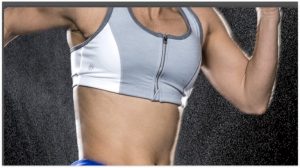 The most obvious solution for shooting an athlete is to photograph a person on the field (court, track, etc.), but this is not entirely practical. Often such portraits are not exactly what the client is looking for. A “traditional” portraiture in many cases is not able to capture the strength and energy of the athlete.
The most obvious solution for shooting an athlete is to photograph a person on the field (court, track, etc.), but this is not entirely practical. Often such portraits are not exactly what the client is looking for. A “traditional” portraiture in many cases is not able to capture the strength and energy of the athlete.
Photographer William Sawalich shows how to transfer the full power of an athlete in action in a studio setting. Add energy to the frame in the form of running, jumping or swinging. Smart use of lighting and effects can convey the speed and strength of an athlete, even in the studio. Continue reading


